How to Choose the Right Window Shades
http://decor-ideas.org 04/16/2014 22:22 Decor Ideas
Although the lines of distinction are not that clear, for simplicity’s sake it’s safe to say that shades are the warm, fuzzy version of blinds. Whereas blinds are made of hard substances, like wood and aluminum, shades are made of soft materials, like linen, cotton, silk and every imaginable form of natural and synthetic fiber.
The less disputed distinction is that blinds have slats or vanes that open and close for light adjustment, whereas shades are constructed in a continuous roll, and the only adjustment for light and view is up or down. Here are some of the many options of shades available to you.
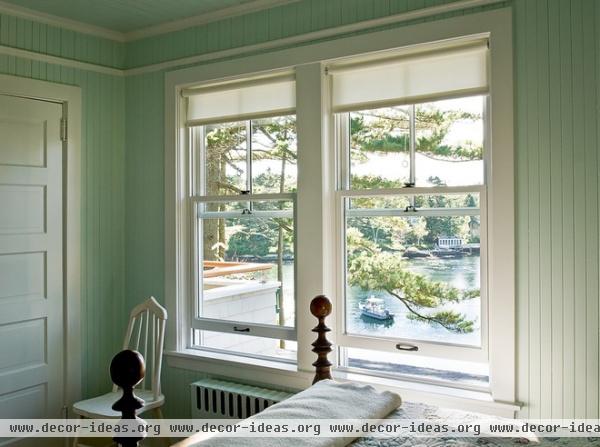
The old-fashioned roller shade is still a good option. At its most basic, the material is wound around a wooden dowel and is spring loaded for pulling up and down.
It’s always been a bit of a mystery to me how to make them work properly; they seem to have a mind of their own. But they are a practical and inexpensive option that works well in many applications.
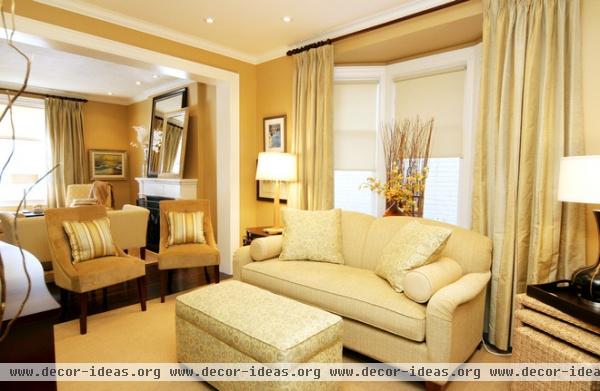
Roller shades can be a simple addition behind draperies, adding not only privacy but also another layer of style to your windows. I particularly like a fringed and scalloped border at the bottom of my roller shades, with a pull made from a tassel.
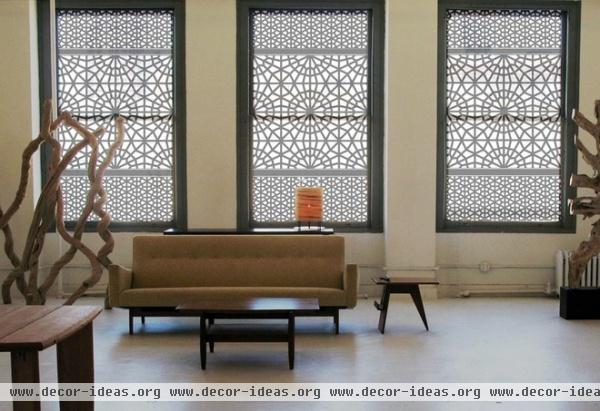
Roller shades can also be made of interesting materials, and in varying opacities, that make a significant decorative statement.
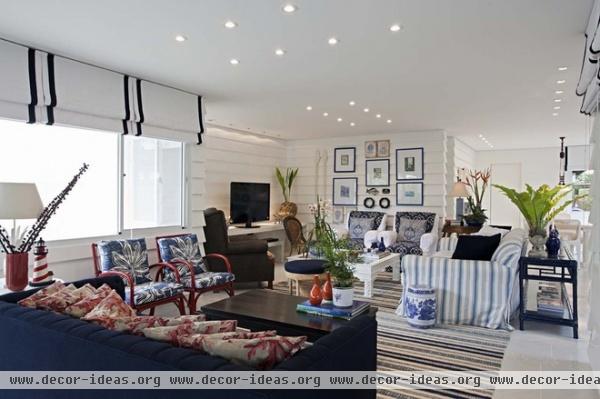
Roman shades are a bit more visually present than basic roller shades. As you can see here, the Roman isn’t wound onto a dowel, but gathers into neat accordion pleats as it is raised, providing a handsome, tailored look. These shades can be constructed from virtually any fabric that would be appropriate for draperies, but they are an alternative to draperies that is lighter and usually less costly.
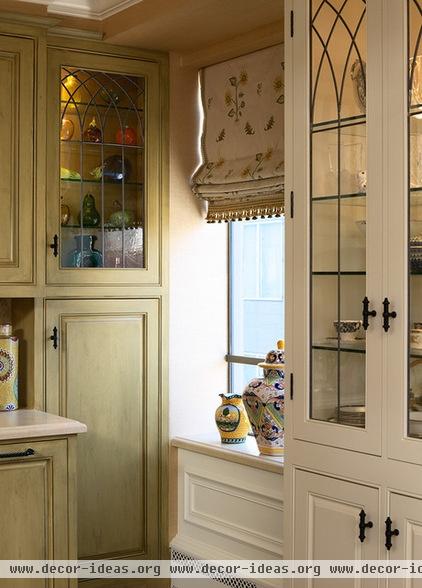
Don’t you love the elegant touch this flat Roman with tassel fringe gives to this little kitchen alcove?
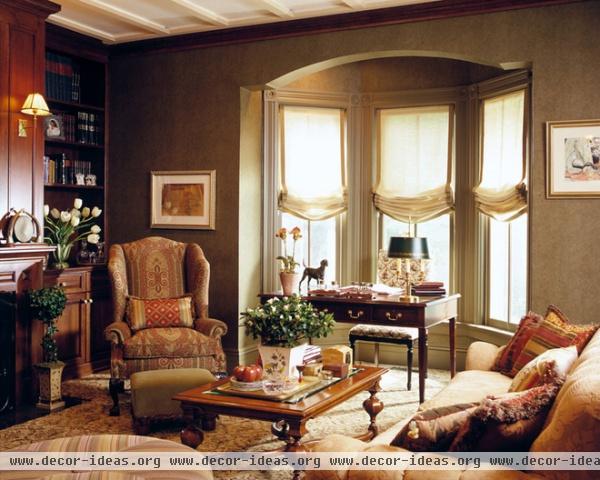
“Relaxed” Roman shades are the epitome of casual chic. They’re stylish yet informal and unfussy. The unconstructed style lends a soft, finished look to windows. When this shade is raised, the center of the shade slightly bows down as the fabric stack comes together in gentle folds. Sounds good, doesn’t it? But it’s actually quite a trick to raise and lower one of these shades without struggling over the folds. If you like this look, consider making the shades stationary rather than operable.
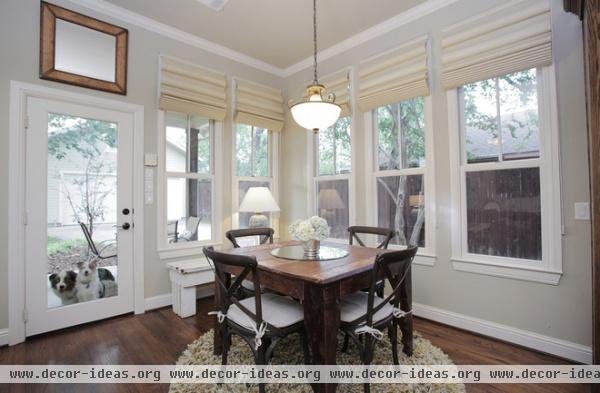
The hobbled (also called the teardrop, for some unknown reason) Roman shade works just like a flat Roman, except that the shade is constructed with soft horizontal pleats across the front at regular intervals. In the raised position they don’t look much different from a flat Roman …
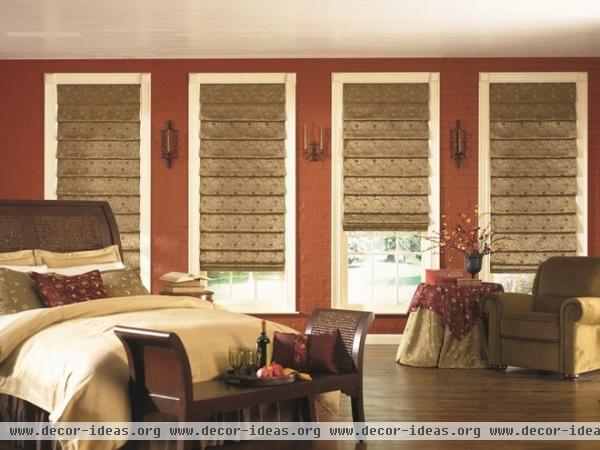
… but when they’re lowered, the hobbled pleats provide extra texture and visual interest. The horizontal structure makes raising and lowering them a piece of cake.
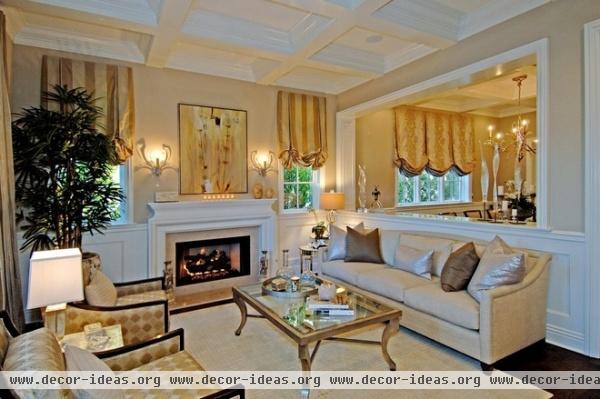
A balloon shade is a type of Roman shade that is made to puff out along the bottom when it is raised. A balloon shade can contain one balloon, which looks just like an exaggerated, relaxed Roman …
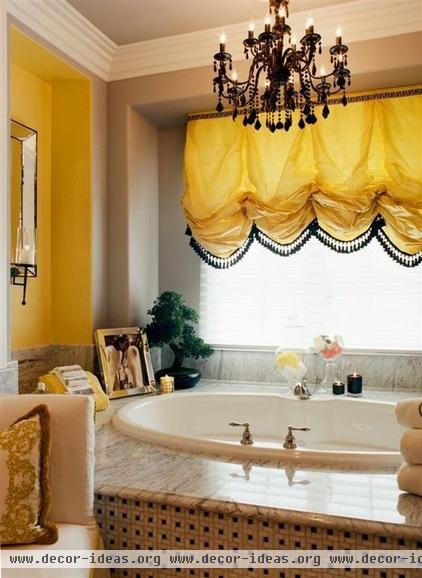
… or it can contain several balloons, causing the baseline of the shade to produce a scallop.
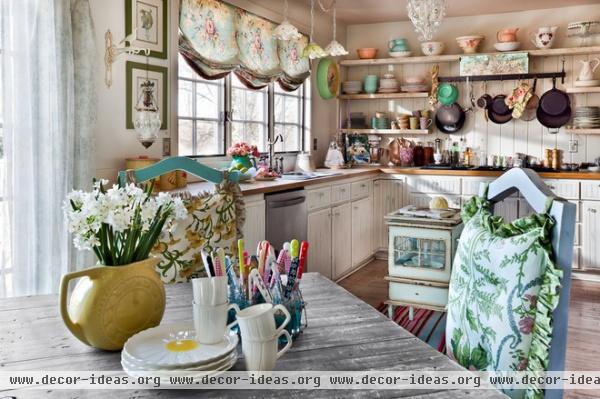
You can mount your shades on a board or gather them on a rod, in which case they are called cloud shades. Either way they bring a wonderful softness and romance to windows.
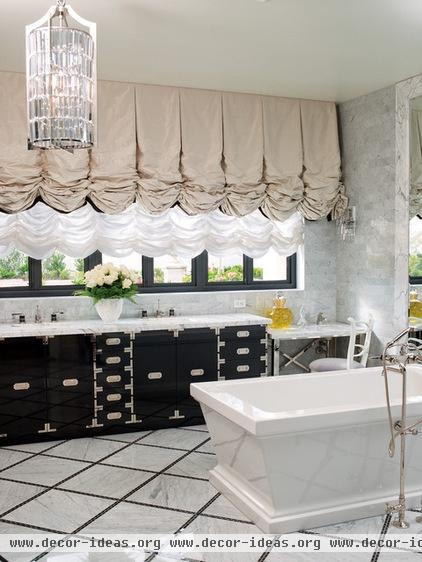
A balloon shade with inverted pleats between each balloon has a more structured look …
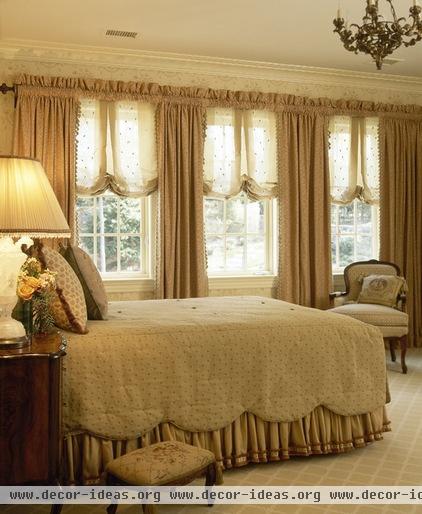
… although in this application, because of the lightweight, filmy fabric, the look is very soft and relaxed.
This ensconcing bedroom also provides a great example of how a shade can be used in conjunction with draperies to enhance privacy and add a second layer of texture.
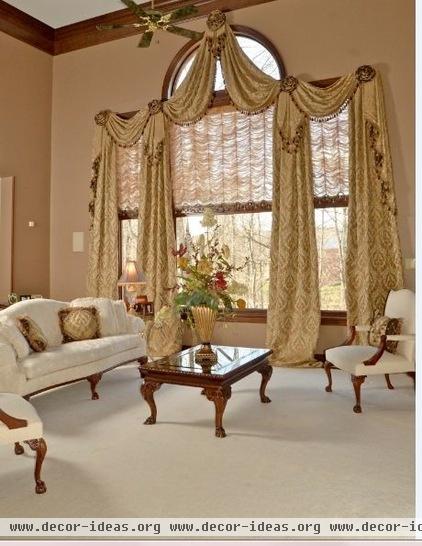
An Austrian shade is created when the fabric falls in a series of puffy festoons created by vertical rows of shirring. Basically, an Austrian is like a Roman shade on steroids. When raised, the Austrian shade gathers into full poufs; when lowered, it maintains a ruffled, shirred effect. This shade style works best with sheer or lightweight fabrics.
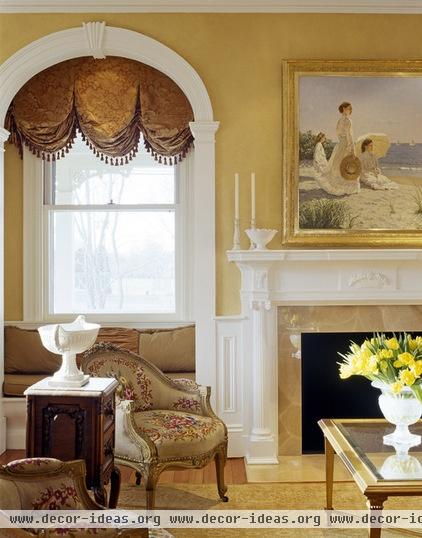
Fabric shades can be adapted fairly easily to fit nonstandard and curved windows, which is just one of the many reasons shades need to be on your short list when you are considering window treatments.
More: How to Choose the Right Window Blinds
Related Articles Recommended












